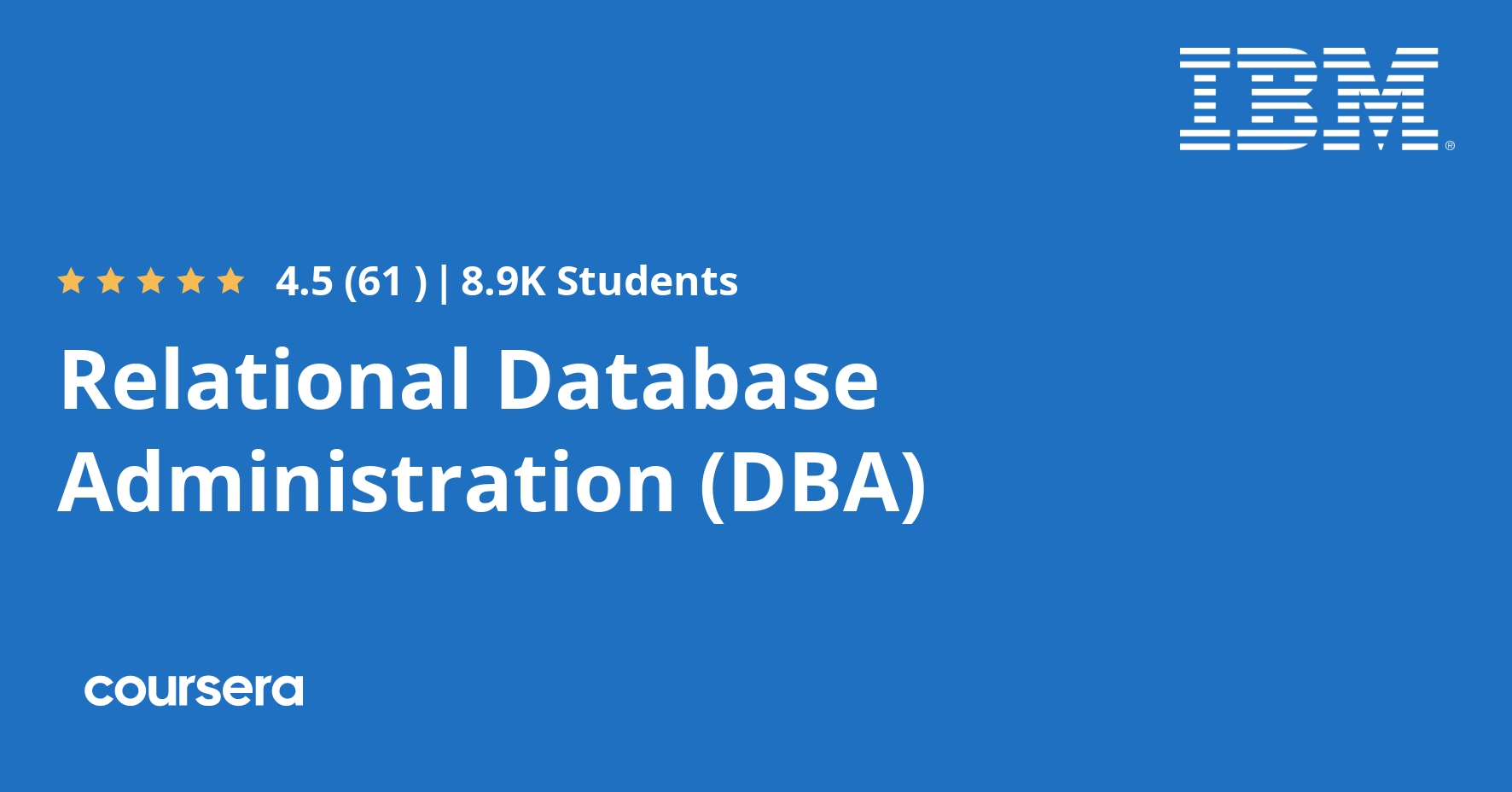Description
Ongoing and proactive management is critical to the security and performance of database management systems.
Database administration is the function of managing the operational aspects of database systems and maintaining them. Database administrators work to ensure that applications make the most efficient use of databases and that physical resources are used adequately and efficiently.
In this course, you will discover some of the activities, techniques, and best practices for managing a database. You will learn about configuring and upgrading database server software and related products. You will also learn about database security; how to implement user authentication, assign roles, and assign object-level permissions. You will also gain an understanding of how to perform backup and restore procedures in case of system failures.
You will learn about how to optimize databases for performance, monitor databases, collect diagnostic data, and access error information to help you resolve issues that may occur. Many of these tasks are repetitive, so you will learn how to schedule maintenance activities and regular diagnostic tests and send automated messages of the success or failure of a task.
What you will learn
Introduction to Database Management
Welcome to your first module on database administration. During this module, you’ll be introduced to a wide variety of information, including an overview of the types of tasks involved in database management and what a typical workday may look like. You will see that many tasks revolve around activities ranging from designing databases to planning and troubleshooting errors. At the end of the module, there will be several labs where you will gain hands-on experience learning about server objects, configurations, and database objects, including schemas, tables, triggers, and events.
Managing Databases
During this module, you will learn how to back up and restore databases. These processes are essential aspects of any organization’s health and its ability to respond quickly to changes in the system. Through hands-on labs, you will learn why it is vital to create backups and define policies and procedures. In this module, you’ll also learn about database security and user management, including creating and resetting user passwords, creating groups, and more!
Monitoring and Optimization
In this module, you will learn how to create and keep baselines, performance metrics, standards, and finally, monitor RAM and disk usage, connections, and cache stats. You will also learn about database optimization, including updating statistics, slow queries, types of indexes, and index creation and usage.
Troubleshooting & Automation
In this module you will learn about some basic troubleshooting processes that help data engineers find frequently occurring issues such as connectivity, login, configuration, and whether the instance is running. You’ll also learn how to automate many database functions, from managing alerts to generating and sending reports using standard Linux and Unix shell commands or cron jobs.







